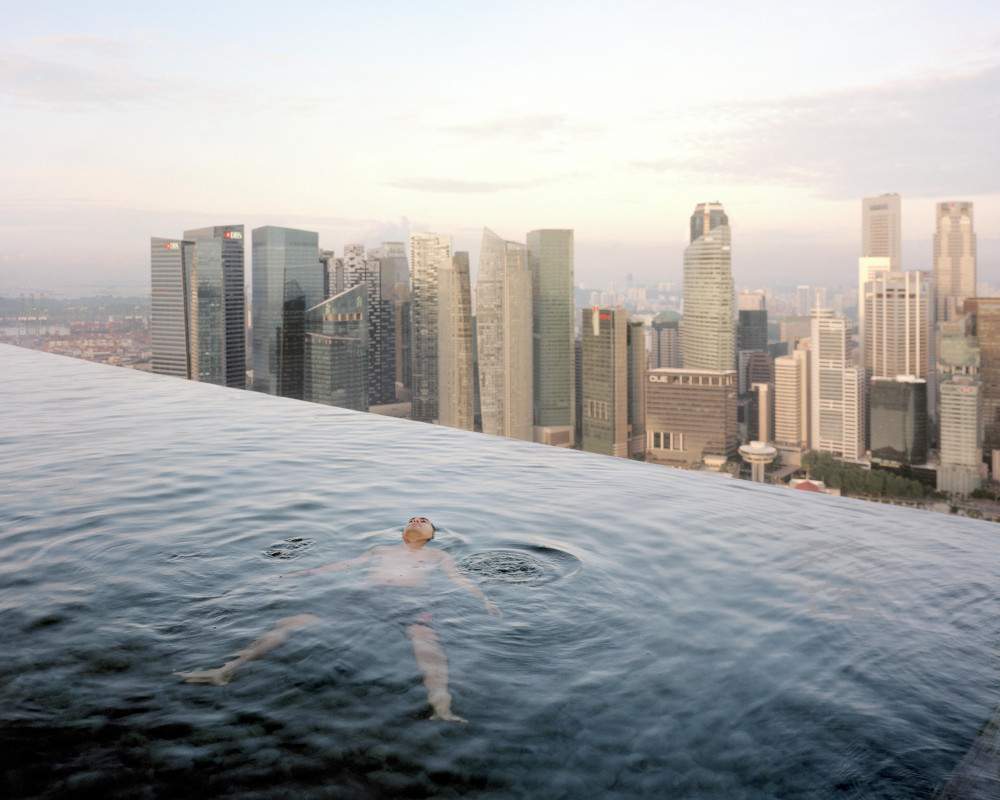The MAST Foundation Collection in Bologna is exhibiting part of its collection: the result is THE MAST COLLECTION. A Visual Alphabet of Industry, Labor and Technology, curated by Urs Stahel, scheduled from Feb. 10 to May 22, 2022, at the Bologna venue. It is the first exhibition of works from the Foundation’s Collection: more than 500 images including photographs, albums, videos by 200 major Italian and international photographers and anonymous artists.
The Collection of the MAST Foundation, the world’s only reference center for photography of industry and labor, has more than 6,000 images and videos by famous artists and masters of the lens, as well as a wide selection of photographic albums by unknown authors. In the early 2000s, the MAST Foundation created this space specifically dedicated to the photography of industry and labor with the acquisition of images from auction houses, private collections, art galleries, photographers and artists. The Foundation’s holdings, which already contained a collection of films, glass and film negatives, photographs, albums, and catalogs that had been produced in Coesia’s factories since the early twentieth century, were thus enriched and went beyond the parameters of promotional and documentary material of the industrial group’s enterprises.
The collection embraces works from the 19th and early 20th centuries with a process of value selection and careful methodological approach by Urs Stahel.
THE MAST COLLECTION. A Visual Alphabet of Industry, Work, and Technology presents Iconic Images by famous authors from around the world, lesser-known or unknown photographers, and finalist artists of the MAST Photography Grant on Industry and Work, who visually bear witness to the history of the industrial world and work.
Among the artists in the exhibition: Paola Agosti, Richard Avedon, Gabriele Basilico, Gianni Berengo Gardin, Margaret Bourke-White, Henri Cartier-Bresson, Thomas Demand, Robert Doisneau, Walker Evans, Luigi Ghirri, Mario Giacomelli, Mimmo Jodice, André Kertesz, Josef Koudelka, Dorotohea Lange, Erich Lessing, Herbert List, David Lynch, Don McCullin, Nino Migliori, Tina Modotti, Ugo Mulas, Vik Muniz, Walter Niedermayr, Helga Paris, Thomas Ruff, Sebastião Salgado, August Sanders, W. Eugene Smith, Edward Steichen, Thomas Struth, Carlo Valsecchi, and Edward Weston.
The exhibition is structured in 53 chapters dedicated to as many concepts illustrated in the works represented. The exhibition form is that of an alphabet that unfolds on the walls of the three exhibition spaces(PhotoGallery, Foyer and Level 0) and allows to emphasize a conceptual system that from the A of Abandoned and Architecture comes to the W of Waste, Water, Wealth.
“The alphabet was created to bring together intersections between the far and near gaze, texts and moments of the shot, bringing attention to the interior of the works,” explains curator Urs Stahel. “The same happens with the images and photographers involved. These 53 chapters represent as many thematic islands in which old and young, rich and poor, healthy and sick, industrial areas or working-class villages coexist. They constitute the meeting point of disparate perceptions, attitudes and projects. Documentary photography meets conceptual art; the ancient processes of developing and printing on different types of photographic paper, such as albumen prints, confront the latest in digital and inkjet prints; images dominated by the deepest black and white are juxtaposed with brightly colored visual representations. Gloomy landscapes characteristic of heavy industry contrast with gleaming high-tech facilities; hard manual labor and craftsmanship find their counterpoint in digital universes, automated data processing. Protests against the market and the financial crash are joined by visual evidence of migration and office work.”
In terms of chronological scanning, only the 19th century has been addressed separately in a section devoted to the early stages of industrialization and the history of photography. The common thread is often punctuated by the numerous portraits of workers, managers, the unemployed, job seekers and migrants. The exhibition also documents the technological advancement and analog effort of both industry and photography, represented today by ultra-light, perpetually connected digital devices capable of documenting, printing and sharing the world in digital images and 3D prints. From industry, photography and modernity we move to high technology, image-generative networks and post-post-modernity, or a kind of contemporary 4.0. From simple copying of reality to images generated by artificial intelligence.
For information you can visit the MAST Foundation website.
Image: Paolo Woods, Gabriele Galimberti, The Heavens. Annual report
 |
| Bologna, Mast Collection on display: the history of the world of work in more than 500 images |
Warning: the translation into English of the original Italian article was created using automatic tools. We undertake to review all articles, but we do not guarantee the total absence of inaccuracies in the translation due to the program. You can find the original by clicking on the ITA button. If you find any mistake,please contact us.